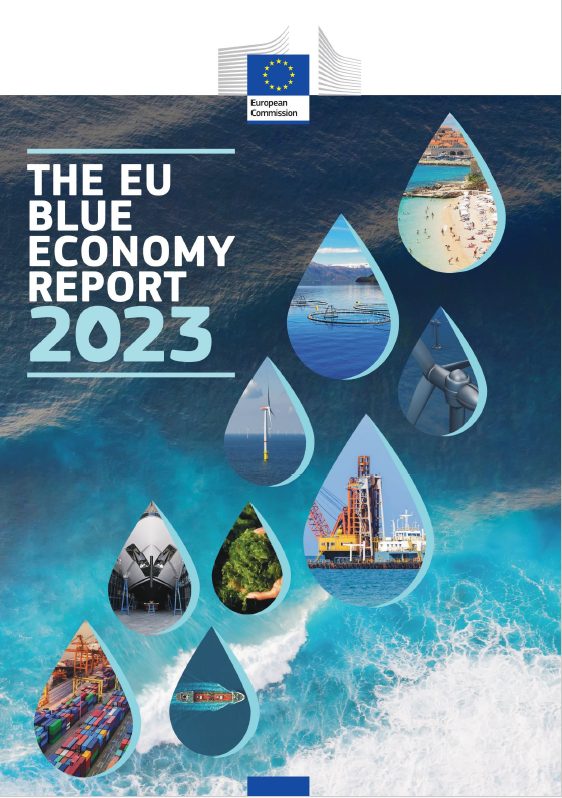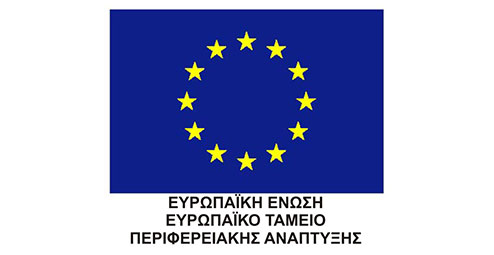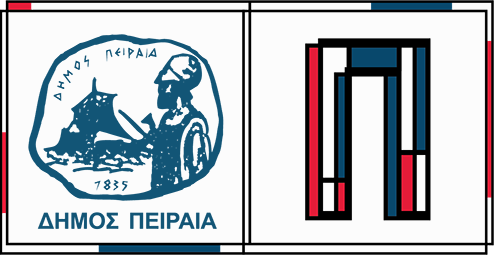
In a new format, the sixth edition of the EU Blue Economy Report continues to analyse the scope and size of the Blue Economy in the European Union. Its main objective remains to provide support to policymakers and stakeholders in the quest for a sustainable development of oceans, coastal resources and, most notably, to the development and implementation of polices and initiatives under the European Green Deal in line with the new approach for a sustainable Blue Economy. Through its economic evidence, the Report also seeks to serve as a source of inspiration to investors.
The sixth edition of the Report1 focuses on a summarised data analysis, trends and drivers of the Blue Economy established sectors (i.e., those that traditionally contribute to the Blue Economy), as well as of Blue Biotechnology and Ocean Energy. This edition includes as well a brief analysis on the impacts of Russia’s invasion of Ukraine on some of the Blue Economy sectors. The report also contains a section following the Energy transition communication2, which comprises an analysis of the energy transition in the Blue Economy. It assesses GHG emissions taking into consideration different species, fishing techniques and their production phases. The report ends with a section analysing climate change and coastal impacts. This section summarises findings related to the future dynamics of coastal flood impacts, adaptation and ecosystem services, along the EU-27 coastline.
This edition also takes advantage of the Blue Economy Observatory platform, which provides more timely and regular updates of the Blue Economy data. Further analysis will be published throughout the year, as the most recent data become available, and sectors or topics are highlighted.
The Blue Economy established sectors include Marine living resources, Marine non-living resources, Marine Renewable energy, Port activities, Shipbuilding and repair, Maritime transport and Coastal tourism.








